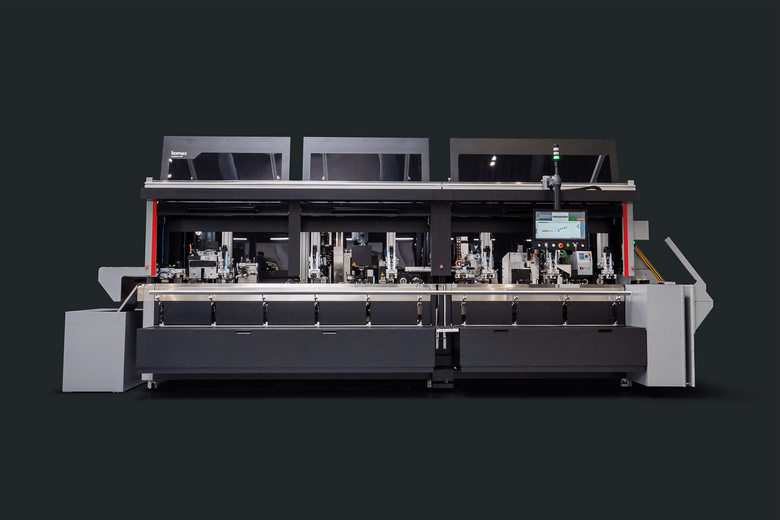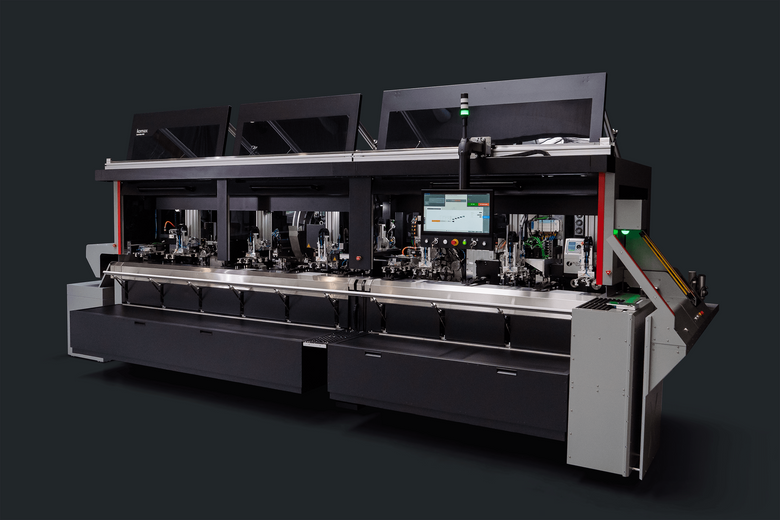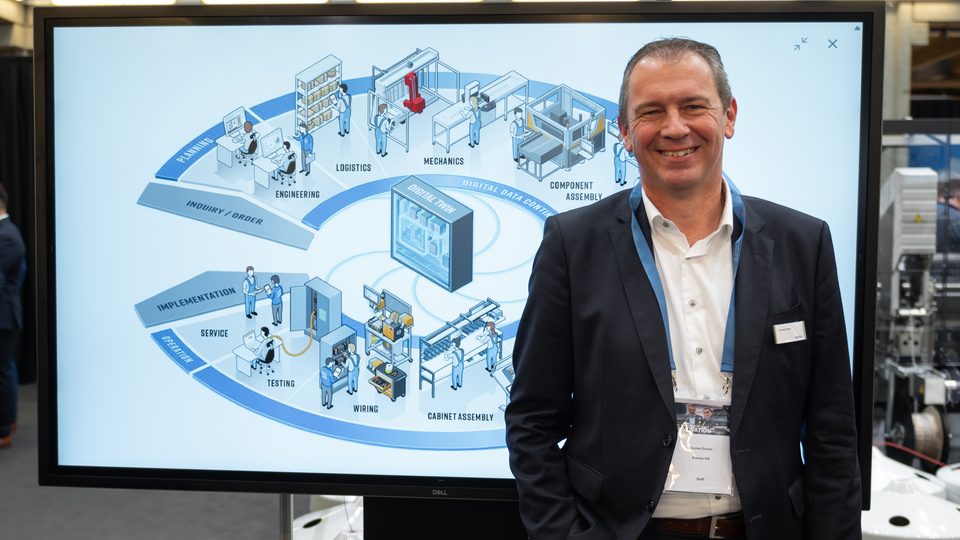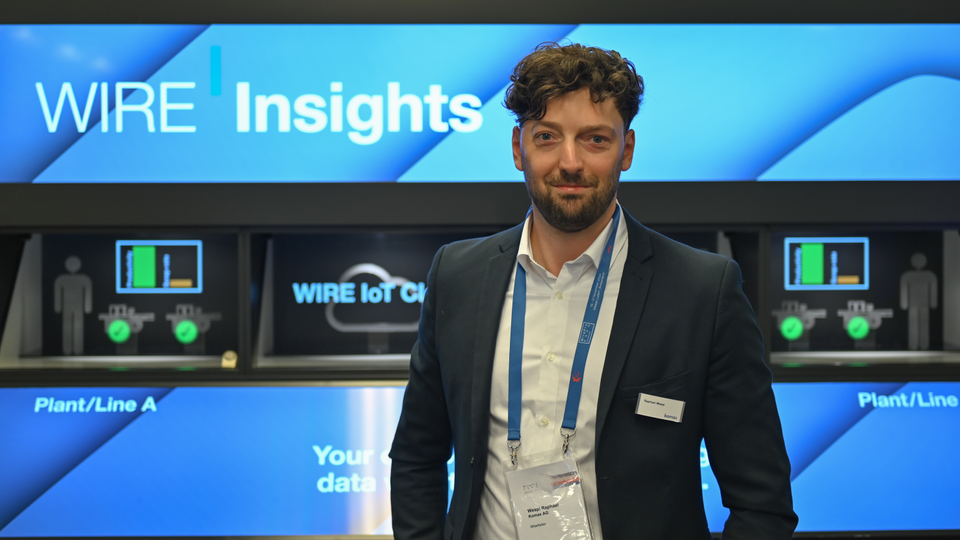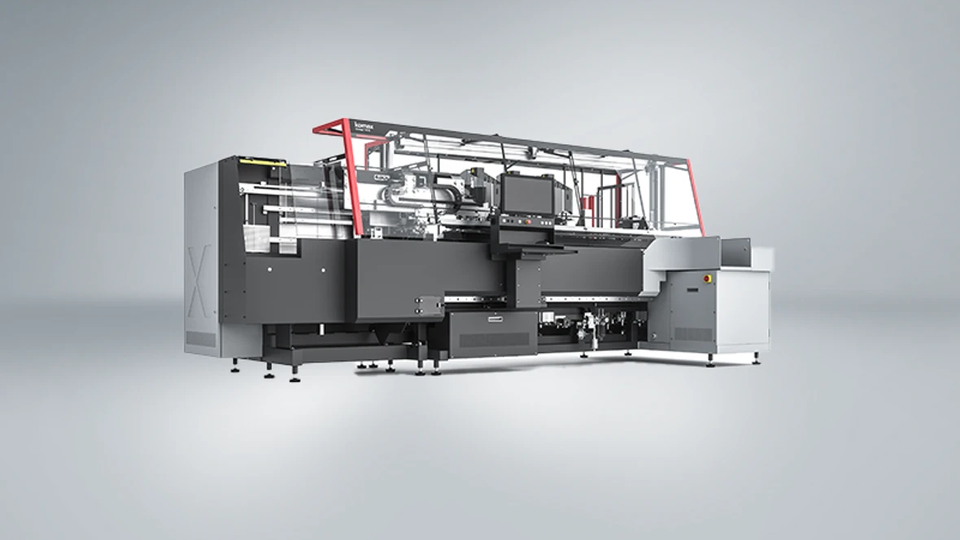Ce contenu est disponible en deux langues : allemand et anglais.
Veuillez sélectionner la langue de votre choix en tapant sur l’icône correspondant.
High-voltage cable assembly: From nail scissors and toothbrush method to full automation
Technology & Innovation
In recent years, Komax has developed scalable platforms for assembling high-voltage cables. The platforms enable highly customizable production processes as well as gradual entry to full automation. We discussed this with Andreas Zelzer, Global Technical Manager HV & e-Mobility.
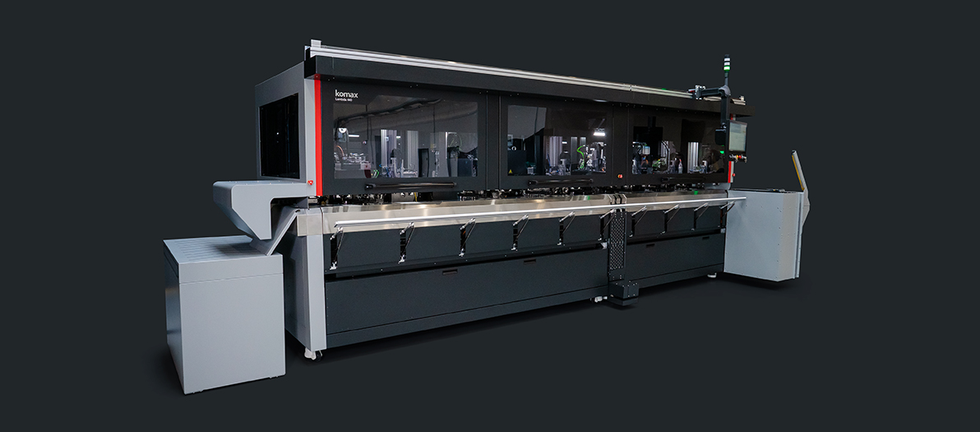
Key insights
With full automation, typically using 15 to 20 modules on a Lambda 440, a finished high-voltage cable is produced in around 15 seconds.
The modular Lambda platforms for high-voltage cables feature impressive scalability and the option of interlinking processes in any order depending on requirements.
Harness manufacturer who produce more than 250,000 cable ends per year should consider introducing automation.
Andreas Zelzer: Komax relies on its modular Lambda platforms for the assembly of high-voltage cables. These are special machines that can be freely configured according to customer requirements. What is the strategy behind this?
There are several reasons for this. The first is the scalability of production concepts. With certain concepts, the quantity of high-voltage cables required has been too small to warrant full automation. That’s why a cable manufacturer often starts by automating the most sensitive processes, such as shield processing. A few years ago, you saw a lot of manual work with toothbrushes and nail scissors, and you can easily imagine how that affected the quality of the cables. With some concepts, a smaller Lambda 240 can be used to gain a good entry into automation.
What are the possible paths to full automation?
In order to achieve a production volume of around one million cable ends, the number of Lambda 240 machines can be gradually expanded, for example. If the cable manufacturer wants to continue investing in the future, it might consider one or more of the larger Lambda 440 machines for the same annual production. Of course, the two platforms can be combined in a variety of ways with hybrid concepts. For example, four Lambda 240 machines can be used in the ramp-up phase of a new product, and one Lambda 440 can take over as soon as the peak of production is reached.
How many process modules do you need for full automation?
You can start, for example, with two modules on one Lambda 240. Perhaps 15 or even 20 in the final expansion. If required, they will all fit on a single Lambda 440, and with this solution an automated cable draw in is also possible. The advantage is that both platforms work with the same process modules, which makes scaling far easier. Fully automated, the machine assembles a high-voltage cable set every 15 seconds. To meet customer requirements, we have already developed concepts that are much faster.
What are the advantages of a larger platform over a smaller one?
First and foremost, the lower personnel cost. But the stronger interlinking of processes also improves the quality and the increasingly important traceability of the processed wire harnesses.
Are there other reasons for this highly modular concept?
Yes, the diversity of components in the high-voltage sector, where standardization is still largely lacking. Manufacturers are developing their own connector systems, which must meet a wide range of requirements for e-mobility depending on the location of use: safety at high currents and voltages, high temperatures, minimal installation space, resistance to vibrations, mechanical and media loads. Each of these connector systems has its own challenges. In addition, the machines have to process very different diameters of high-voltage cables, which can be 5 mm for an auxiliary unit or 25 mm for supplying an electric motor.
Isn't it possible to accomplish this task simply by using the right modules?
That’s not enough. We have in fact made a significant contribution to the market in this area. We already offer almost 30 standard modules that can be modified to meet specific requirements. The true art, however, lies in the correct interlinking of the modules. In the low-voltage range with a high degree of standardization, the sequential arrangement is usually given. But most high-voltage components require very individual processes, and the flexible Lambda platforms are ideally suited for this.
How are these highly individualized solutions created?
The optimal production concept is created in close collaboration with the customer. We first define several variants and work with the customer to select the one that best meets their automation and traceability requirements. We want the customer to see us as a strong, reliable partner who will be with them every step of the way and guide them safely to their destination.
Are there components whose processing cannot be automated?
We try to avoid that by working closely with everyone involved. In addition to cable assemblers, we have the leading component manufacturers and OEMs sitting with us at the table. This close cooperation is very important when it comes to developing components that can be processed automatically or cables that engage easily on the assembly line and ensure a secure contact. Here, too, we have made many upfront investments by participating in the development of automation-friendly connector systems. Thanks to all these collaborations, we are well informed about trends and future needs and can also convey this knowledge within the partnerships. In this way, everyone benefits.
Lambda platforms are also used in the low-voltage sector.
That's right: for particularly demanding data and antenna cables. The structure is often comparable to that of high-voltage cables. One area benefits from the insights of the other area. This has the particular advantage that the range of possible modules is greater because they work according to the same concept.
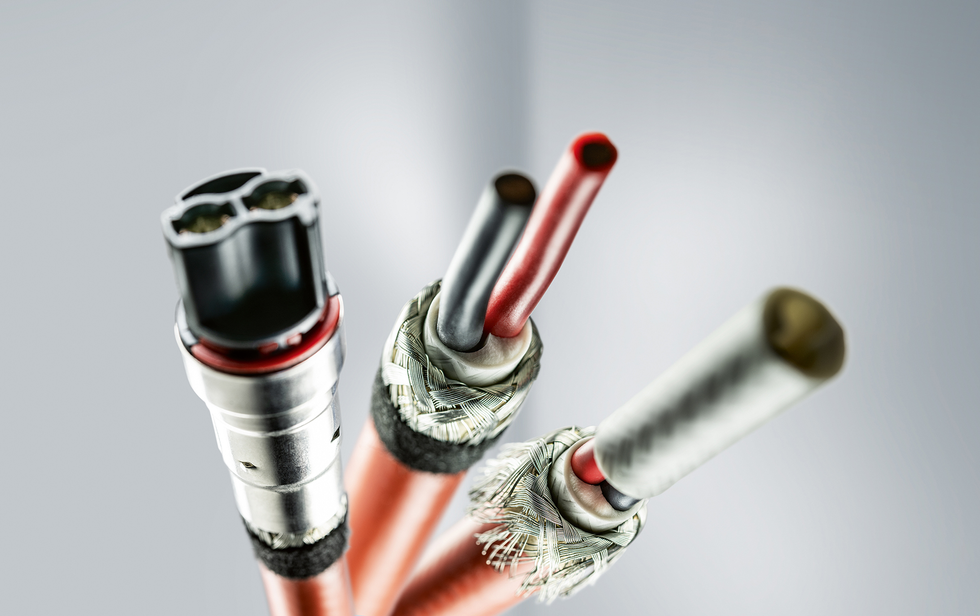
When should a cable manufacturer consider automation in the high-voltage sector?
The demand for electromobility is rapidly increasing. We already have requests for projects that will be implemented in 2024/25. Then full automation will definitely be an issue. In the meantime, I advise cable manufacturers to consider purchasing a Lambda 240 if they produce more than 250,000 cable ends annually. Depending on the production concept, they can then introduce a higher degree of automation at around one million cable ends.
How long does it take to get the finished solution operational?
That depends entirely on the complexity of the request and the required degree of automation. It can easily take two to six months before the final offer is made and, to be on the safe side, one year should be allowed for the machine to be ready for use.
What can readers do if they want to know more about the automation options for their company?
The local representatives of the Komax network are the point of contact for questions and advice. But I would also be happy to provide information, and I look forward to hearing from you.
Contact

13 years ago, Komax began HV development at the Grafenau site (Germany). Andreas Zelzer began his training there in 2001 as a technical designer and then progressed as a mechanical engineer and project manager to his current position as Global Technical Manager HV & e-Mobility.

